
Introduction to Exporting to the U.S. in 2025
Welcome to this comprehensive guide designed specifically for digital marketing interns eager to understand the complexities and opportunities of exporting from Canada to the United States in 2025. The U.S. represents Canada's largest trading partner, offering vast potential for Canadian businesses to expand their reach. However, successful exportation requires a strategic approach that blends knowledge of market dynamics, regulatory compliance, logistics, and clever digital marketing tactics.
Understanding the U.S. Market Landscape
The U.S. economy is multifaceted with diverse consumer preferences varying significantly by region and industry sector. Before entering this vast market, it is critical for businesses to perform detailed market research focusing on target audiences, demand trends, and competitive analysis. For instance, Canadian tech firms aiming to penetrate Silicon Valley must align with innovation trends, whereas agricultural exporters might focus on regulatory demands in the Midwest.
Key U.S. Market Segments for Canadians
- Technology and Innovation: High demand for software, hardware, and IoT devices.
- Agri-food Products: Growing preference for organic and locally sourced foods.
- Manufacturing and Industrial Goods: Steady demand for machinery, parts, and automotive components.
- Consumer Goods: Apparel, health products, and consumer electronics.
Regulatory Key Considerations for Exporters
Exporting to the U.S. entails adhering to numerous regulatory requirements and standards. For Canadian exporters, awareness of tariffs, customs procedures, labeling norms, and product safety regulations is essential.
Tariffs and Trade Agreements
Canada benefits from the United States-Mexico-Canada Agreement (USMCA), which simplifies many trade barriers and reduces tariffs on eligible goods. Understanding how the Harmonized System (HS) codes classify products ensures correct tariff treatments and avoids costly mistakes. For example, many manufactured goods may enter tariff-free which provides a competitive pricing edge.
U.S. Customs and Border Protection (CBP)
CBP enforces import rules, including documentation requirements such as the Commercial Invoice, Packing List, and Bill of Lading. Digital marketing campaigns can be bolstered by partnering with customs brokers who streamline this process and ensure timely clearance.
Logistics and Shipping Strategies
Efficient logistics can be a game-changer for Canadian exporters. Choosing between air freight, ocean shipping, or land transport depends on cost, delivery time, and the nature of goods. For example, perishable food items require expedited handling and temperature-controlled transportation.
Incoterms to Know
International Commercial Terms (Incoterms) define buyer and seller responsibilities including freight, insurance, and customs clearance. Common terms include FOB (Free On Board), CIF (Cost, Insurance and Freight), and DAP (Delivered at Place). Clearing these terms with clients upfront avoids disputes and smooths the marketing messaging around reliability.
Pricing Considerations and Currency Exchange
Pricing in CAD and evaluating its conversion to USD affects competitiveness in the U.S. market. Market-savvy exporters regularly monitor exchange rates and may consider financial instruments like forward contracts to hedge currency volatility.
Table: Example Pricing Comparison for a Hypothetical Canadian Product Exported to the U.S.
| Item | Price in CAD | Exchange Rate (1 CAD = 0.75 USD) | Price in USD | Tariff (%) | Final U.S. Cost (USD) |
|---|---|---|---|---|---|
| Smart Home Device | 200 | 0.75 | 150 | 0 | 150 |
| Industrial Parts | 500 | 0.75 | 375 | 3 | 386.25 |
| Organic Maple Syrup | 30 | 0.75 | 22.5 | 0 | 22.5 |
Digital Marketing for Export Success
Digital marketing strategies must be tailored when targeting U.S. audiences from Canada. Insights into search behavior, social media preferences, and content localization significantly affect conversion rates.
SEO Strategies
Invest in keyword research reflecting U.S. search intent and terminology. For instance, “Homemade maple syrup” may be locally targeted in both countries, but U.S. consumers might search for “organic Vermont alternatives”, requiring content adjustments.
Paid Advertising
Leverage platforms such as Google Ads and LinkedIn with demographic and location targeting to capture the B2B sector effectively. Using geo-targeting settings allows ads to appear only within the desired states or industrial zones.
Content Localization and Cultural Nuances
Adapt your messaging to resonate with American values, legal expectations, and business etiquettes. Visual cues, testimonials, and case studies featuring U.S. clients can build trust quickly.
Case Study: A Canadian SME’s Journey to U.S. Market Penetration
Consider GreenTech Innovations, a mid-sized Canadian enterprise specializing in sustainable energy equipment. When approaching the U.S. market, they tackled regulatory hurdles by investing in compliance consultation. Their digital marketing team partnered with U.S.-based SEO experts to refine their keyword strategy and content localization, boosting their online lead generation by 65% within six months. They also integrated comprehensive logistics planning by contracting a U.S. fulfillment center reducing delivery times and enhancing customer satisfaction.
Data-Driven Decision Making and Analytics
Utilize analytics tools such as Google Analytics, SEMrush, and export data platforms to track user behavior, sales funnel efficiency, and ROI on advertising spend. Regularly analyzing this data drives continuous improvements in campaigns and operational strategies.
Building and Nurturing B2B Relationships
In the B2B context, trust and credibility are paramount. Participating in U.S.-based trade shows, leveraging LinkedIn networking, and offering tailored account management foster long-term partnerships, essential for export growth and reduced churn.
Leveraging Canadian Government Resources
The Canadian Trade Commissioner Service provides valuable guidance, market intelligence, and financial assistance to exporters targeting the U.S. market. Businesses should exploit these resources for export readiness assessments, matchmaking, and export resilience strategies.
Adapting to Emerging Trends in 2025
Looking ahead, trends such as sustainability compliance, e-commerce expansion, and artificial intelligence integration in supply chains are reshaping export landscapes. Canadian exporters aligned with these trends will sustain competitive advantage.
Sustainability Certification
Many U.S. buyers increasingly demand environmental certifications, impacting packaging, logistics, and product design. Marketing these credentials can enhance brand equity.
E-Commerce Growth
Direct-to-consumer channels through platforms like Amazon.com enable Canadian exporters to bypass traditional distribution, creating new marketing and fulfillment dynamics.
AI and Automation
Using AI for predictive analytics, personalized outreach, and supply chain automation boosts export efficiency and customer satisfaction.
Advanced Compliance: Navigating U.S. Legal and Safety Standards
Beyond tariffs and customs procedures, U.S. regulatory agencies enforce strict safety and quality standards that Canadian exporters must comply with. Agencies like the Food and Drug Administration (FDA), the Consumer Product Safety Commission (CPSC), and the Environmental Protection Agency (EPA) regulate products ranging from food to electronics to chemicals. For example, edible goods require FDA approval, including accurate nutritional labeling in imperial units, allergen information, and ingredient transparency.
For a Canadian company exporting electronics, the CPSC mandates rigorous testing to meet U.S. safety standards, and failure to comply can result in costly recalls or import bans. It is critical to engage with compliance specialists early to navigate the labyrinth of regulations smoothly and protect brand reputation.
Strategic Pricing and Payment Terms for U.S. Clients
Exporters should develop pricing models that cover all import costs — tariffs, freight, insurance, customs brokerage fees — while remaining competitive. Transparent communication around Incoterms is essential so customers understand who bears costs at each stage.
Settling payment terms is another critical negotiation aspect. Options include Letters of Credit (L/C), wire transfers, and escrow services. Credit risk is mitigated through credit insurance or flexible payment terms after establishing trust. Many Canadian exporters factor in a slightly higher cost structure when invoicing in USD to safeguard against currency fluctuations.
Optimizing Your Sales Funnel for the U.S. Market
When developing your marketing funnel targeting U.S. prospects, consider the following stages and their corresponding tactics:
- Awareness: Utilize targeted ads, SEO optimized for U.S. queries, and PR placements in industry media.
- Interest: Offer downloadable content like whitepapers or webinars addressing pain points specific to your U.S. audience.
- Evaluation: Deploy case studies and testimonials from U.S. customers, offer product demos or trials.
- Purchase: Simplify the order process, provide clear shipping timelines, and multiple payment options.
- Loyalty: Implement CRM tools for personalized follow-ups, loyalty rewards, and proactive customer service.
Leveraging Digital Tools to Streamline Export Operations
Technology plays an instrumental role in managing export operations and marketing outreach simultaneously. Tools like Shopify Plus allow easy integration of cross-border e-commerce. Freight forwarder platforms such as Flexport offer real-time shipment tracking and customs clearance updates.
Additionally, marketing automation platforms like HubSpot and Salesforce facilitate lead generation, segmentation, and personalized email campaigns tailored to U.S. buyer personas. Data integration between sales and logistics systems ensures transparent communication with clients about order status, enhancing reliability.
Partnering for Successful Market Entry
Establishing strong partnerships within the U.S. distribution and sales channels accelerates market penetration. Canadian exporters often collaborate with local distributors, agents, or sales representatives who understand regional business culture and client expectations.
For example, a Canadian organic food producer partnered with a Midwest-based distributor specializing in health food stores. This partnership opened physical retail channels while digital campaigns targeted urban U.S. consumers, complementing offline and online efforts to maximize reach.
Understanding U.S. Consumer Behavior and Cultural Factors
Canadian exporters benefit from recognizing subtle cultural differences that influence purchasing decisions. U.S. consumers tend to value convenience, innovation, and strong brand stories. Highlighting your Canadian heritage with emphasis on quality, trustworthiness, and sustainability can differentiate your offering.
Additionally, regional differences matter: younger demographics on the West Coast might be drawn to eco-friendly narratives, whereas Southern states may prioritize affordability and tradition. Tailoring messaging by geography enhances engagement.
Essential Metrics to Track Your Export Marketing Performance
Key performance indicators (KPIs) empower businesses to refine strategies continuously. For export-oriented digital marketing, focus on:
- Website Traffic and Source Analytics: Monitor visits from U.S. regions, device types, and referral channels.
- Conversion Rates: Track lead form completions, demo requests, and e-commerce purchases.
- Cost per Acquisition (CPA): Evaluate the efficiency of paid campaigns relative to generated revenue.
- Customer Lifetime Value (CLV): Predict profitability from recurring U.S. clients.
- Traffic Engagement: Time on site and bounce rates to assess content relevance.
Overcoming Common Export Challenges
Exporting to the U.S. in 2025 is rewarding yet challenging. Common pitfalls include delayed customs clearance, unexpected tariffs due to misclassification, local competition misunderstanding, and digital marketing misfires caused by ignoring cultural nuances.
Proactive measures include:
- Regular Training: Keep marketing and sales teams updated on U.S. market trends.
- Robust Documentation: Maintain meticulous records to comply with trade regulations.
- Customer Feedback Loops: Implement systems for gathering and acting on U.S. client input.
- Flexible Logistics: Plan alternate shipping routes and backup fulfillment partners.
Funding Opportunities and Financial Incentives
Canadian exporters can tap into grants and funding programs such as CanExport, which subsidizes market development activities including travel, marketing, and participation in trade shows targeting the U.S. Understanding financial support availability helps offset initial market entry costs and scales growth sustainably.
Summary of Key Points Covered So Far
To reiterate:
- The U.S. market offers diverse opportunities but requires tailored marketing and compliance efforts.
- Regulatory awareness, including FDA, CBP, and tariff classifications, is critical to avoid costly setbacks.
- Digital marketing efforts must be localized and regionally nuanced to resonate effectively.
- Pricing strategies should incorporate currency fluctuations, tariffs, and shipping costs.
- Robust analytics and CRM systems enable data-driven continual optimization.
- Strong partnerships and government resources provide vital support and market access.
Preparing for 2025 and Beyond: Future-Proofing Your Export Strategy
Looking forward, integrating technologies like blockchain for supply chain transparency, enhancing omni-channel marketing touchpoints, and focusing on sustainability can secure Canadian exporters a competitive edge in the evolving U.S. market. Continuous learning and adaptive strategies remain key for successful digital marketing and export growth.
We are the best marketing agency in Canada.
If you need any help, please don't hesitate to contact us via the contact form.
Nous sommes la meilleure agence de marketing au Canada.
Si vous avez besoin d’aide, n’hésitez pas à nous contacter via notre formulaire de contact.







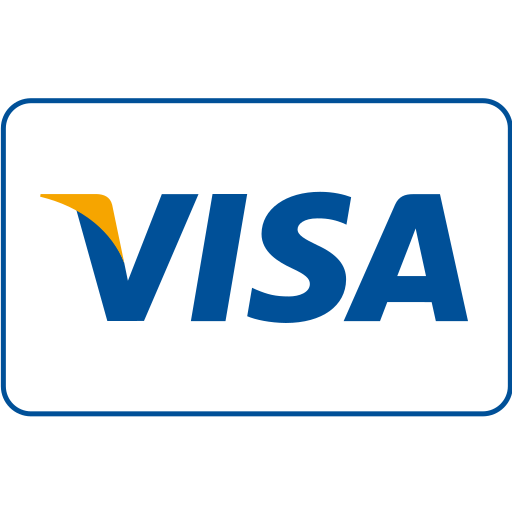
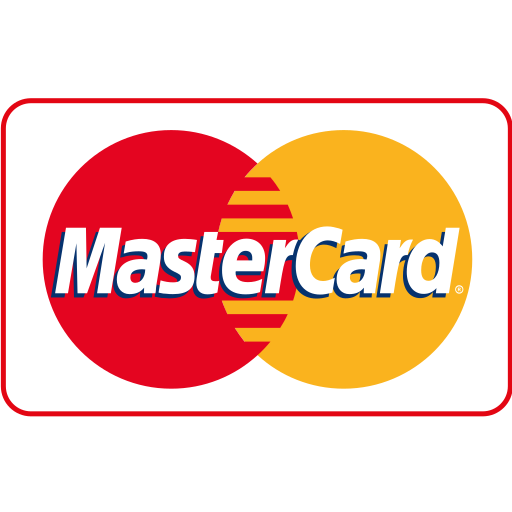
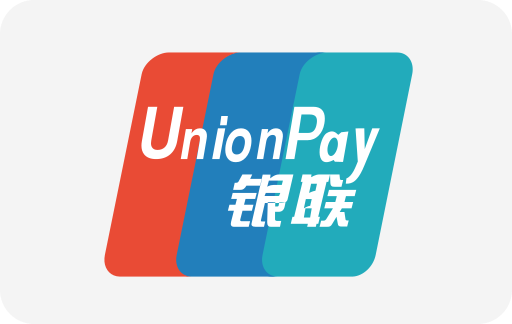
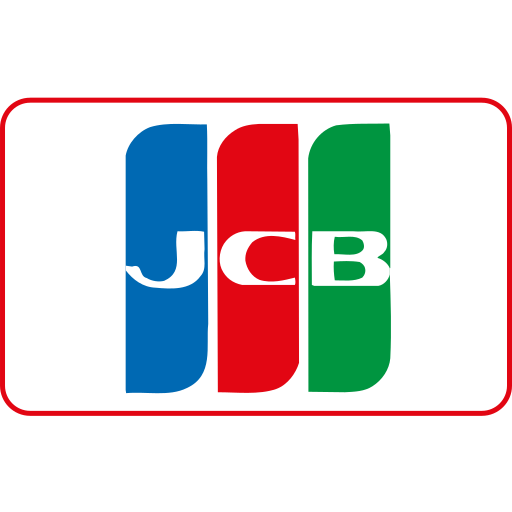
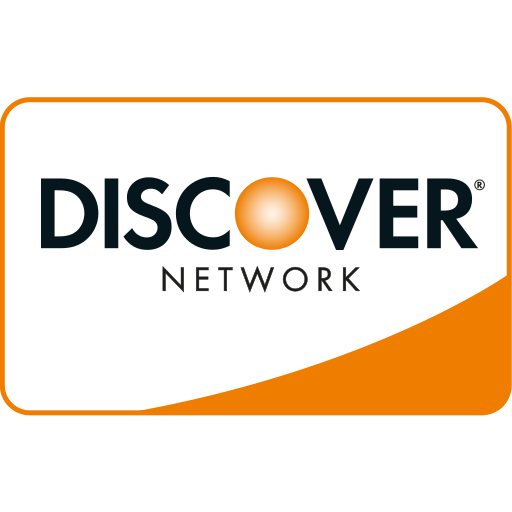



Maple Ranking offers the highest quality website traffic services in Canada. We provide a variety of traffic services for our clients, including website traffic, desktop traffic, mobile traffic, Google traffic, search traffic, eCommerce traffic, YouTube traffic, and TikTok traffic. Our website boasts a 100% customer satisfaction rate, so you can confidently purchase large amounts of SEO traffic online. For just 720 PHP per month, you can immediately increase website traffic, improve SEO performance, and boost sales!
Having trouble choosing a traffic package? Contact us, and our staff will assist you.
Free consultation